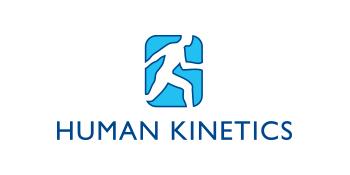Descripción
Description
Develop a body that can withstand the rigorous pressures of competitive sport and physical activity! Sport Injury Prevention Anatomy offers you a detailed look into some of the most common sport injury conditions and the best exercises to help prevent their occurrence.
Throughout the text, stunning full-color medical illustrations paired with the latest sport injury science guide you in reducing the likelihood of an injury before it happens.
Reduce the risk of common injuries like ACL tears, shoulder instability, concussions, and strains of the hamstring and low back. The book’s comprehensive coverage presents injuries by body segments—beginning with the head and neck and continuing all the way down through the lower leg and foot.
Sport Injury Prevention Anatomy helps you design your own exercise programs by exploring the key components of an injury prevention program: needs analysis, exercise selection, training frequency, timing, and intensity and volume. Focusing on resistance training as an ideal injury prevention method, you’ll find sample programming templates as well as advice on how to incorporate the various exercises into an existing training plan. You’ll also learn the important role the warm-up plays in injury prevention and discover methods to prime your body for optimal performance.
No one wants to be sidelined by injury. Sport Injury Prevention Anatomy provides you with the know-how to protect your body from damage and stay in competitive form.
Table of Contents
Chapter 1. Understanding Sport Injuries
Chapter 2. Injury Prevention Exercise Principles
Chapter 3. Head, Neck, and Shoulders
Chapter 4. Elbows, Wrists, and Hands
Chapter 5. Spine and Trunk
Chapter 6. Hips
Chapter 7. Thighs
Chapter 8. Knees
Chapter 9. Legs, Ankles, and Feet
Chapter 10. Warm-Up for Injury Prevention
Chapter 11. Injury Prevention Program Design














Valoraciones
No hay valoraciones aún.